Meet Tethys! An Integrated Development Environment Designed To Teach Coding Skills with Pepper Robot

SoftBank Robotics America today announced the launch of Tethys, an integrated development environment designed to teach coding skills. The SoftBank Group Corp. unit said the visual learning software enables students to program its Pepper humanoid robot in real time.
The standalone visual programming software can connect to their humanoid robot, Pepper, to program full functionality of the robot in real time. SBRA’s first commercially available software tool is the latest milestone in their longstanding education initiative spanning NAO, Pepper, and their partnership with the SoftBank Group.
- 0 Comments
- Mar 6, 2020 10:47:12 AM
- Posted by Natalia Galvis
- Topics: Robotics, EdTech, STEM, 21st Century Classroom, Robots,, Innovation, STEMchat, Edchat
3 Ways To Integrate Technology Into The Classroom

Today’s primary and secondary students are extremely tech savvy, which is why implementing technology in the classroom has become a major focus (and in some cases a major obstacle) for educators. The students in your classroom constantly use technology to communicate with each other and learn about the world around them. Integrating technology into the classroom creates learning opportunities that are more engaging, and sometimes more effective, than traditional teaching methods and principles.
- 0 Comments
- Mar 6, 2020 10:00:00 AM
- Posted by Natalia Galvis
- Topics: EdTech, STEM, 21st Century Classroom, Technology, Innovation, STEMchat, Edchat
Closing The Gap Between Men and Women in STEM
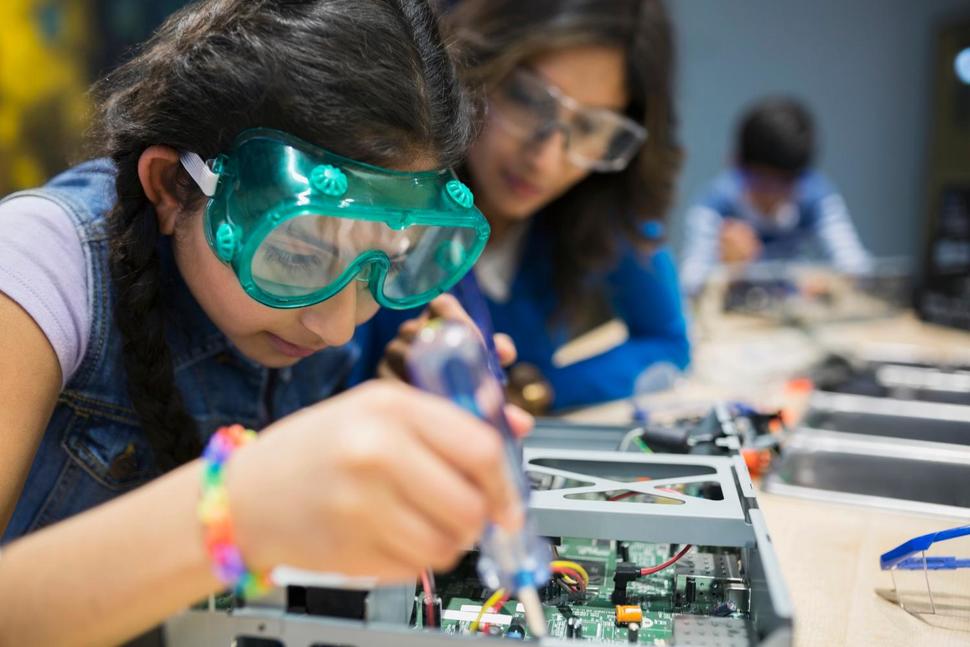
Gender inequality in the workplace is nothing new. When women entered the workforce during World War II, it was out of necessity. During the feminist movement of the 1960s, women entered the workforce by choice. However, their options were quite limited. Most simply became secretaries, nurses, babysitters, or teachers.
Today, women work in all fields, but, the hard sciences, technology, engineering, and mathematics are still dominated by men.
Is there is a reason that such a gap continues to exist in these particular fields? And what can be done to close this gap?
- 0 Comments
- Mar 5, 2020 10:00:00 AM
- Posted by Natalia Galvis
- Topics: EdTech, STEM, 21st Century Classroom, Innovation, STEMchat, WomeninSTEM, Edchat, girlsinSTEM
Is the implementation of 3D printing in education a necessity?
Recently, 3D printing in education has become more widely known. Despite 3D printing being relatively new on the mainstream market, more and more 3D printers and applications of 3D technology are being found. The leading 3D printing manufacturers have already developed specialised machines for children and printers to cover educational needs.
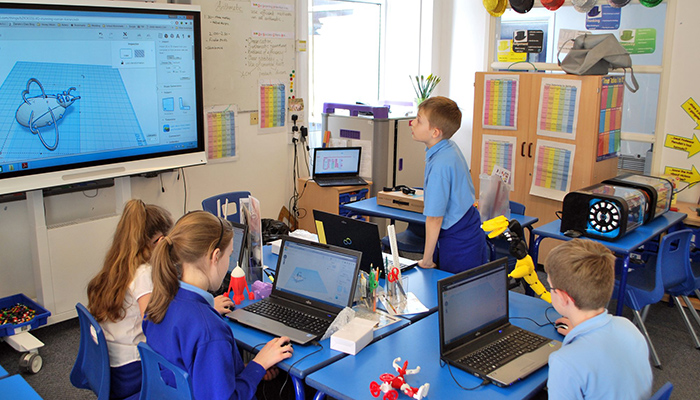
Nowadays the importance of the inclusion of 3D printing in professional degrees and in schools is already a fact. Since training is essential for the application and implementation of professional 3D technology, especially for the industry it is a professional necessity. However, when it comes to the use of 3D printing in education, questions arise: Is 3D printing really established in education? How to get the application of 3D technologies in schools and why should it play an important role for our children?
- 0 Comments
- Mar 4, 2020 10:00:00 AM
- Posted by Natalia Galvis
- Topics: EdTech, STEM, 21st Century Classroom, Innovation, STEMchat, Edchat, 3D-Printer
How can robots teach children about math and science?
It’s no big secret that kids love to create. Hands-on activities provide a wonderful way to engage children and teach them important lessons they’ll remember long-term. This concept has inspired the fast-growing “maker movement” — a trend of do-it-yourself activities for children that involve learning, building, and experimentation.
Robotics is one of the most popular examples of the maker movement. Kids and adults alike are enamored with robots; creating an object from scratch and learning to control its actions is just plain cool. But there’s more: the fundamentals of robotics are directly connected to important STEM skills. It’s not just fun, it turns out; it’s educational.
- 0 Comments
- Mar 3, 2020 11:18:22 AM
- Posted by Natalia Galvis
- Topics: Robotics, EdTech, STEM, 21st Century Classroom, Robots,, Innovation, STEMchat, Mathematics, Edchat
How To Flip your STEM Classroom
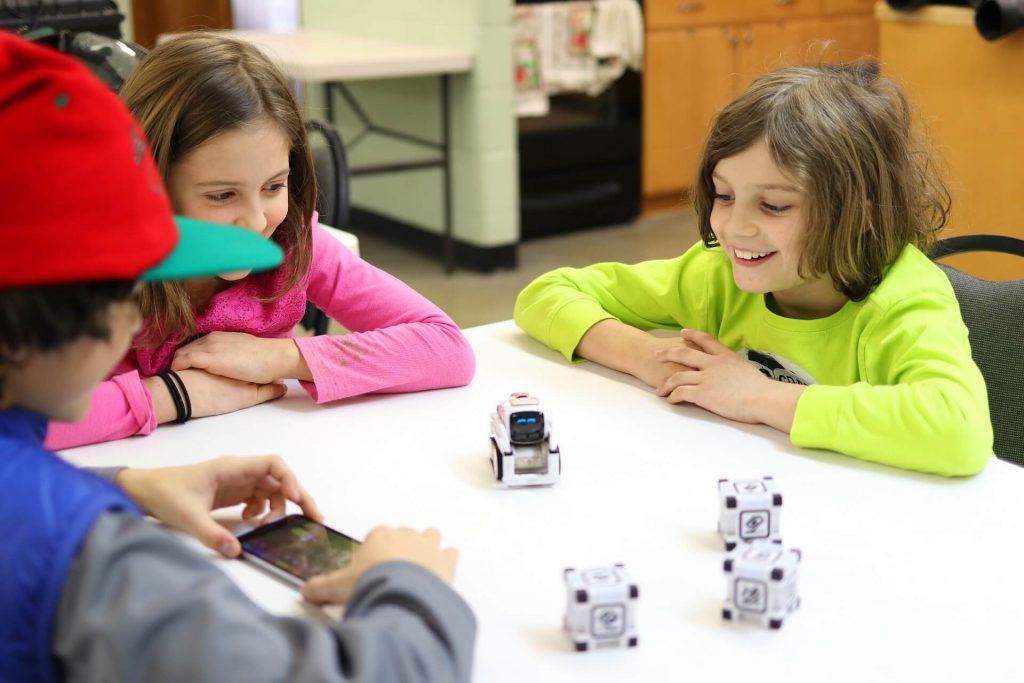
Flipped classroom: It’s one of the hottest buzzwords in education at the moment, and it’s also an effective approach to student-centered learning.
If you’re not yet familiar with flipped classrooms, here’s the deal:
- 0 Comments
- Mar 2, 2020 10:00:00 AM
- Posted by Natalia Galvis
- Topics: Robotics, EdTech, STEM, 21st Century Classroom, Robots,, Innovation, STEMchat, Edchat
How Can Smart City Technologies Impact Education?
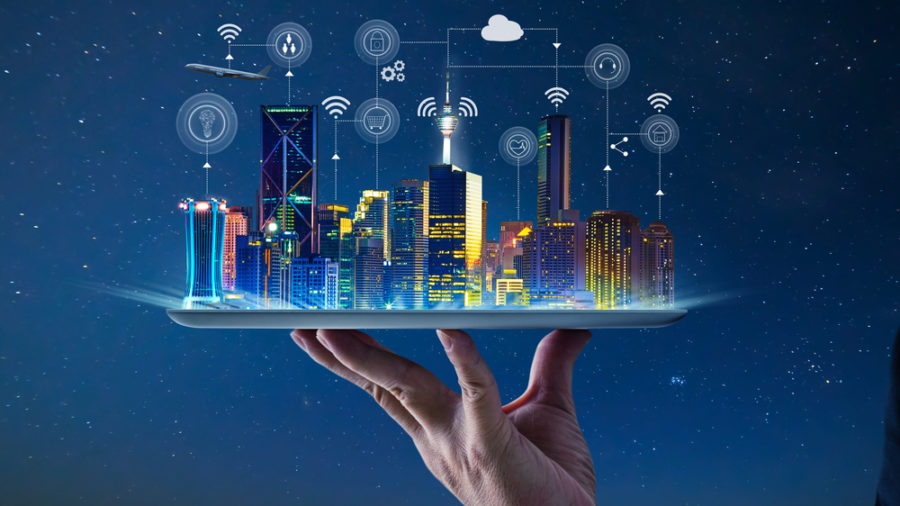
There are many technical definitions for the term “smart cities,” but this one by Interesting Engineering puts it succinctly, so it’s clear: Smart cities use technology to better population’s living experiences, operating as one big data-driven ecosystem.
Data collection will be at the heart of the smart city. Data will be collected from residents, transport systems and other city infrastructure. The data will reveal patterns in behavior or inefficient use of resources and the aim is to use this information to improve the living conditions for citizens. Amongst other things, data collection will result in notifications on the best times and the best routes to travel, personal energy usage, etc. Let’s look at how urban data collection could affect education and benefit schools.
- 0 Comments
- Feb 28, 2020 10:00:00 AM
- Posted by Natalia Galvis
- Topics: Robotics, EdTech, STEM, Artificial Intelligence, Robots,, Innovation, STEMchat, Edchat, AI, smart cities
Finding The Right Assessment Tool For Your Classroom
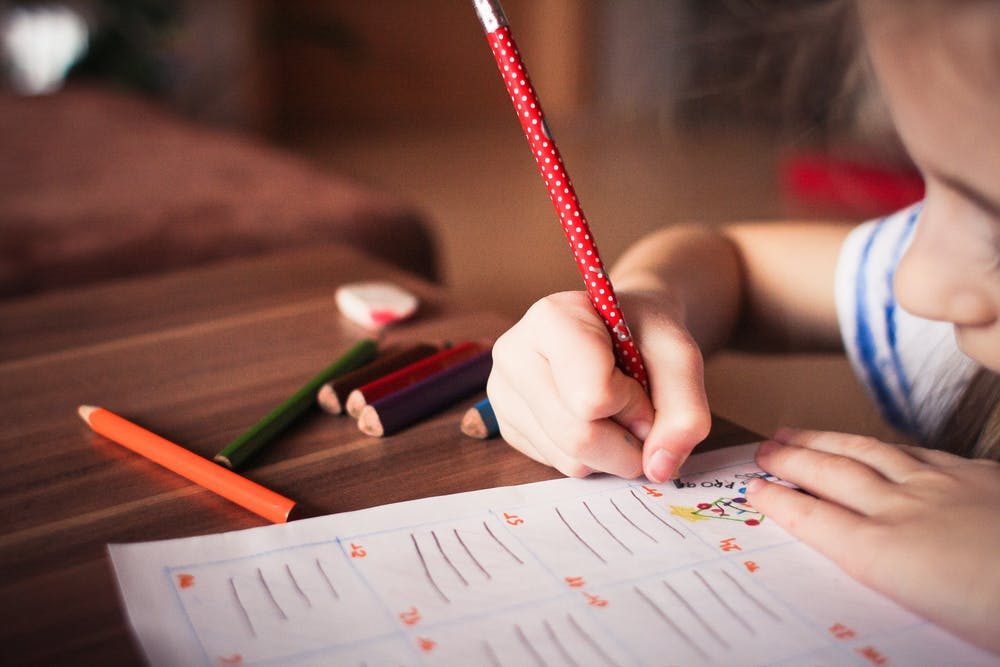
As with the selection of any edtech tool, it is important not to get carried away with the technology and to forget about how the tool will support teaching and learning in the classroom. Here are some questions to consider when choosing edtech assessment tools for your classroom.
- 0 Comments
- Feb 27, 2020 10:00:00 AM
- Posted by Natalia Galvis
- Topics: Robotics, EdTech, STEM, Robots,, Innovation, STEMchat, Edchat
What Every Educator Needs to Know About Artificial Intelligence
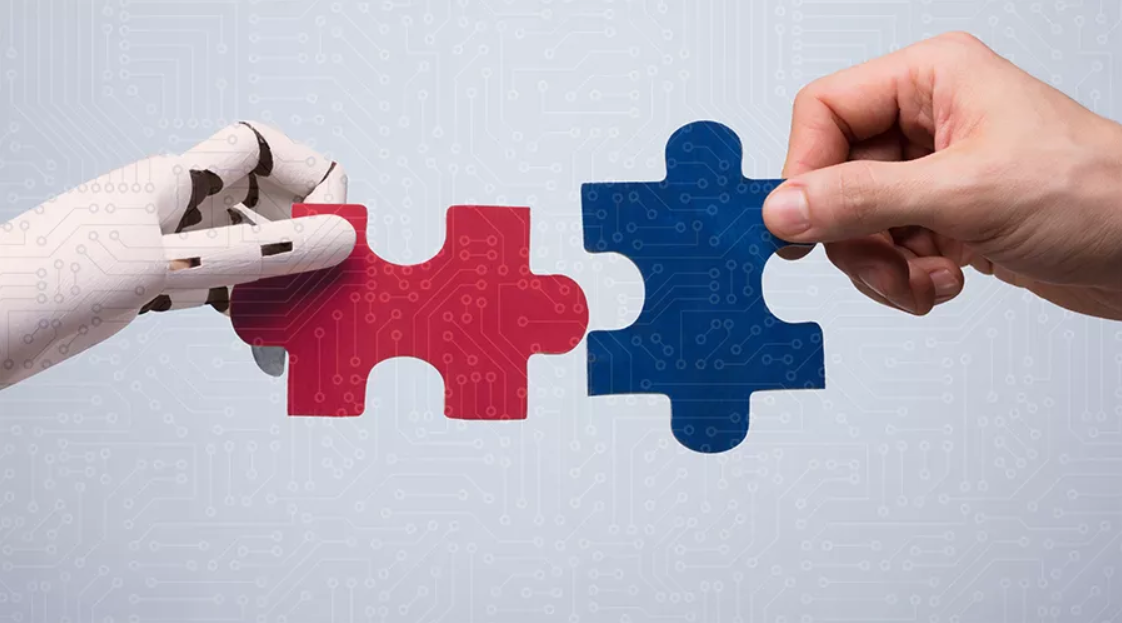
C3PO from “Star Wars.” HAL from “2001: A Space Odyssey.” “The Terminator.” And now Apple’s SIRI and Amazon’s Alexa. Artificial Intelligence has always been part of our collective imagination. But it’s now becoming part of our everyday lives.
Experts think artificial intelligence could help people do all sorts of things over the next couple of decades: power self-driving cars, cure cancer, and yes, transform K-12 education.
- 0 Comments
- Feb 26, 2020 10:00:00 AM
- Posted by Natalia Galvis
- Topics: Robotics, EdTech, STEM, Artificial Intelligence, Robots,, Innovation, STEMchat, Edchat, AI
7 Reasons Why Robotics Should be Taught in Schools
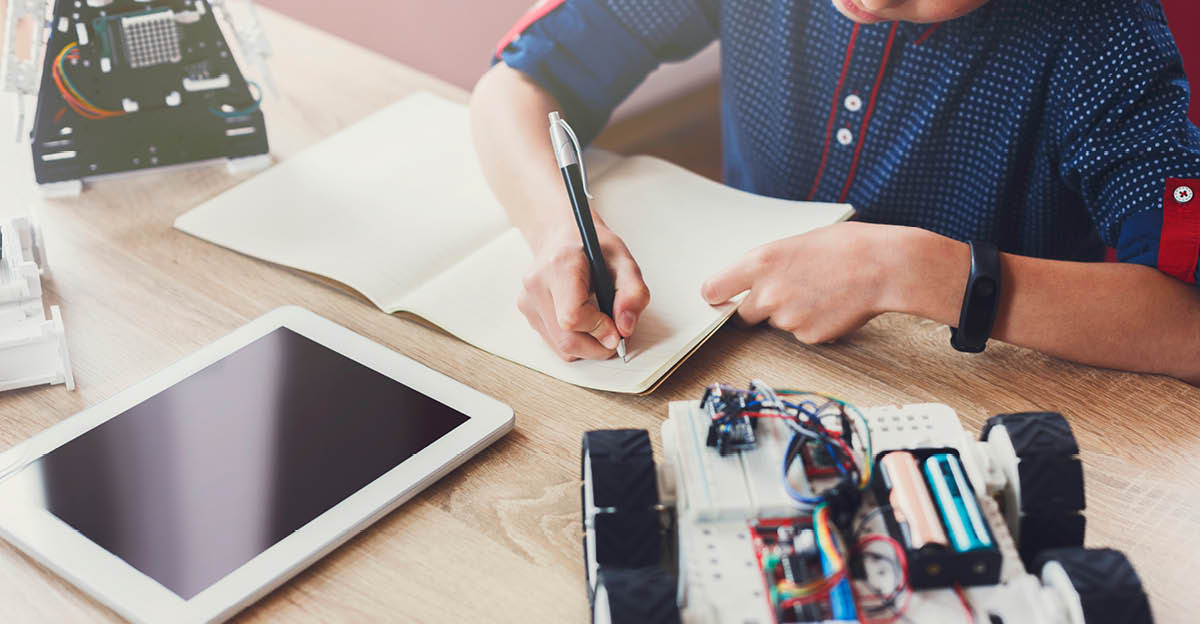
Technology is changing the way people do things in every part of the world, and the sector continues to expand. What are schools doing to prepare the next generation for the future?
The truth is that educational institutions are already doing a great deal of work in this area. In fact, everything we see today in robotics can trace its origins to research, and an academic paradigm that brought on board policymakers, scientists, and governments.
Now, teaching robotics in school is becoming an increasingly indispensable part of the curriculum.
But first things first…
- 0 Comments
- Feb 25, 2020 10:15:00 AM
- Posted by Natalia Galvis
- Topics: Robotics, EdTech, STEM, Robots,, Innovation, STEMchat, Edchat
Relevant Posts
Popular Posts
Subscribe to Email Updates
-
I Want To Learn MoreADDITIONAL INFORMATION


